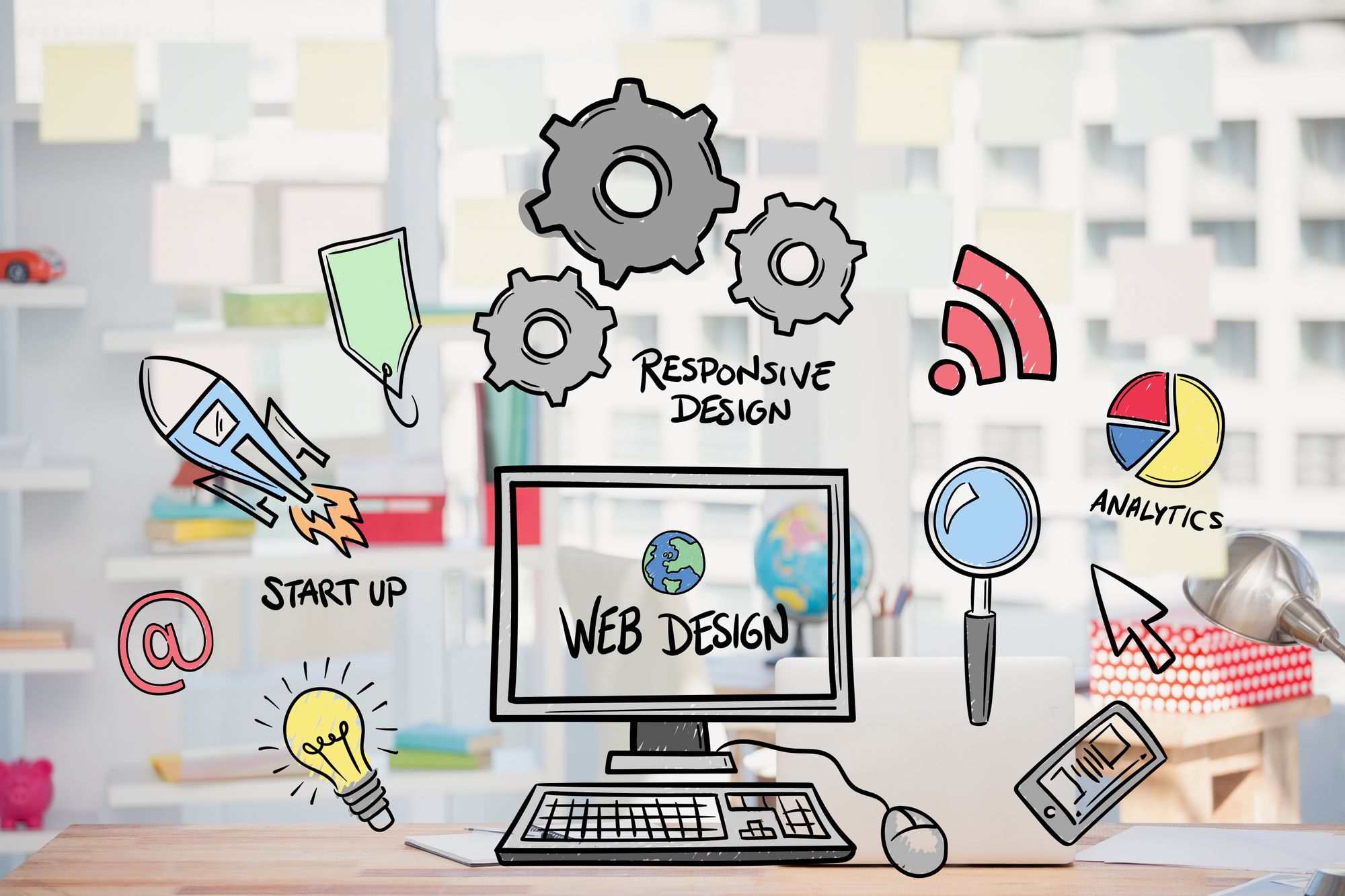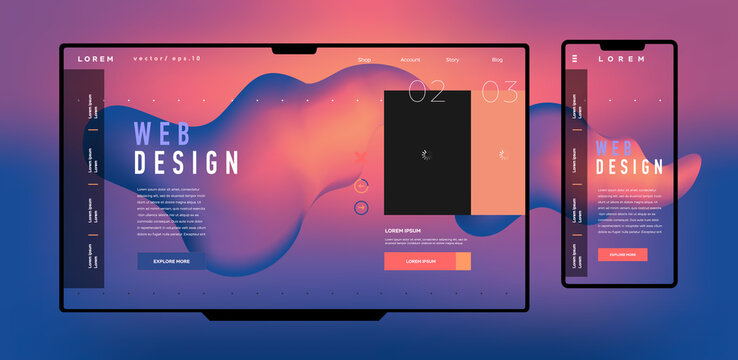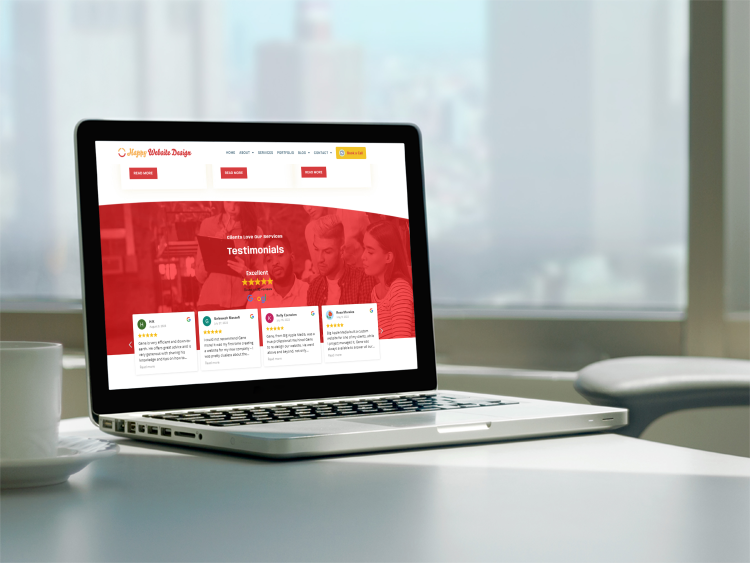Transform Your Online Existence With Holistic Website Design Solutions
In today's digital landscape, the significance of an alternative method to internet design can not be overstated. As we explore the multifaceted advantages and essential components of effective layout, it comes to be clear that a natural approach is critical for browsing the intricacies of the electronic setting.

Comprehending Holistic Web Style
In the realm of electronic advancement, recognizing alternative internet style is essential for developing user-centric experiences that flawlessly integrate appearances, performance, and use. Alternative website design encapsulates a thorough technique that considers the entire ecological community of a site, including its aesthetic elements, interactive functions, and web content strategy. By concentrating on the affiliations between these elements, developers can craft internet sites that not only look attractive yet additionally serve their intended objective successfully.
A key aspect of alternative internet layout is the emphasis on user experience (UX) This needs a thorough understanding of customer behavior, preferences, and needs. By carrying out detailed research and analysis, designers can identify discomfort factors and possibilities for renovation, ensuring that the end product resonates with its target audience.
Furthermore, alternative style incorporates receptive layout concepts, assuring that internet sites operate ideally throughout different tools and display sizes. This versatility is critical in today's multi-device setting, where customers anticipate seamless interactions despite just how they access a site. Ultimately, welcoming an all natural viewpoint in website design fosters a cohesive and interesting experience, leading the method for boosted individual complete satisfaction and retention.
Benefits of a Cohesive Technique
A natural technique in web design returns countless benefits that extend past aesthetic charm - web developers for small businesses. By incorporating various elements such as color design, typography, and imagery right into a unified style, companies can create a more interesting individual experience. This consistency cultivates brand name recognition, as customers are more probable to bear in mind and link a particular visual with a specific brand
In addition, a cohesive design improves usability. When users experience a smooth interface that sticks to recognized design principles, they can browse the web site effortlessly, resulting in boosted customer contentment and retention. This streamlined experience typically results in reduced bounce prices and higher conversion rates, as potential customers are more inclined to discover and communicate with a well-structured site.
In addition, an all natural approach allows far better communication of a brand name's message. By aligning visual aspects with the firm's values and goals, organizations can efficiently communicate their identification and purpose, enhancing their link with the target market. Eventually, purchasing a natural web style approach can yield significant returns, positioning a brand name for lasting success in the competitive digital landscape.
Crucial Element of Reliable Layout
Reliable layout pivots on numerous critical elements that jointly enhance the customer experience and enhance brand name identity. Individuals should be able to browse the website effortlessly, finding the information they look for without stress.
Second of all, aesthetic pecking order plays an important duty. By tactically utilizing size, shade, and comparison, designers can guide customers' focus to necessary aspects, such as phone call to activity or key details. Consistency in layout components, including typography and shade systems, further reinforces brand more name acknowledgment and produces a cohesive look throughout all pages.
Additionally, receptive style is critical in today's multi-device landscape. Web sites should adjust effortlessly to different screen dimensions to guarantee an optimum experience, whether accessed from a desktop, tablet computer, or mobile phone.
Implementing All Natural Techniques
Holistic techniques in website design incorporate a detailed approach that considers not only the appearances yet also the more comprehensive user experience and brand name communication. To efficiently apply these techniques, developers must involve in extensive study to understand the target market's demands, preferences, and habits. This fundamental knowledge informs design choices that enhance usability Our site and foster interaction.
Incorporating consistent branding throughout the site is crucial. This includes aligning visual aspects-- such as color design, typography, and images-- with the brand's identification. In addition, navigating should be intuitive, enabling individuals to conveniently locate relevant information. Availability has to additionally be focused on, guaranteeing that all individuals, despite capacity, can connect with the website.
Content plays a critical function in all natural internet style. Top notch, pertinent web content must be tactically put to direct users and reinforce the brand name message. Receptive design is important, as it guarantees a seamless experience throughout different devices and display sizes.
Ultimately, applying alternative techniques calls for collaboration among designers, programmers, and online marketers. This incorporated technique not only boosts the site's visual charm yet likewise strengthens customer engagement, causing a much more impactful on-line existence.

Gauging Success and Influence

Measuring success and effect in web style needs a methodical approach that evaluates both quantitative and qualitative metrics. web developers for small businesses. Quantitative metrics frequently include essential performance signs (KPIs) such as web site traffic, bounce prices, conversion rates, and customer involvement degrees. Devices such as Google Analytics can supply useful understandings into exactly how individuals interact with your site, allowing data-driven decisions for improvement
On the qualitative side, gathering customer responses via studies, interviews, or usability testing can give much deeper understandings into user experiences and complete satisfaction. This feedback helps recognize discomfort points and areas for improvement, guaranteeing that the style aligns with customer assumptions and requirements.
Additionally, assessing the placement Continued of internet style with overarching business objectives is critical. This entails examining how well the internet site sustains branding, enhances consumer interaction, and increases sales or list building.
Eventually, an extensive dimension method combines both establishes of metrics to offer a holistic sight of a website's efficiency. By continuously assessing and iterating based on these insights, businesses can refine their on the internet presence, guaranteeing that their web design not just meets visual standards however also drives significant outcomes.
Conclusion
Finally, adopting alternative website design remedies considerably improves on the internet visibility by incorporating visual appeals, performance, and use. This comprehensive method promotes individual interaction and fulfillment, while additionally advertising brand name acknowledgment with consistent design elements. By guaranteeing optimal performance across various tools, companies can attain greater conversion rates and long-term success in the competitive digital landscape. Ultimately, the implementation of these strategies is essential for creating a durable and reliable on the internet environment that satisfies individual requirements.